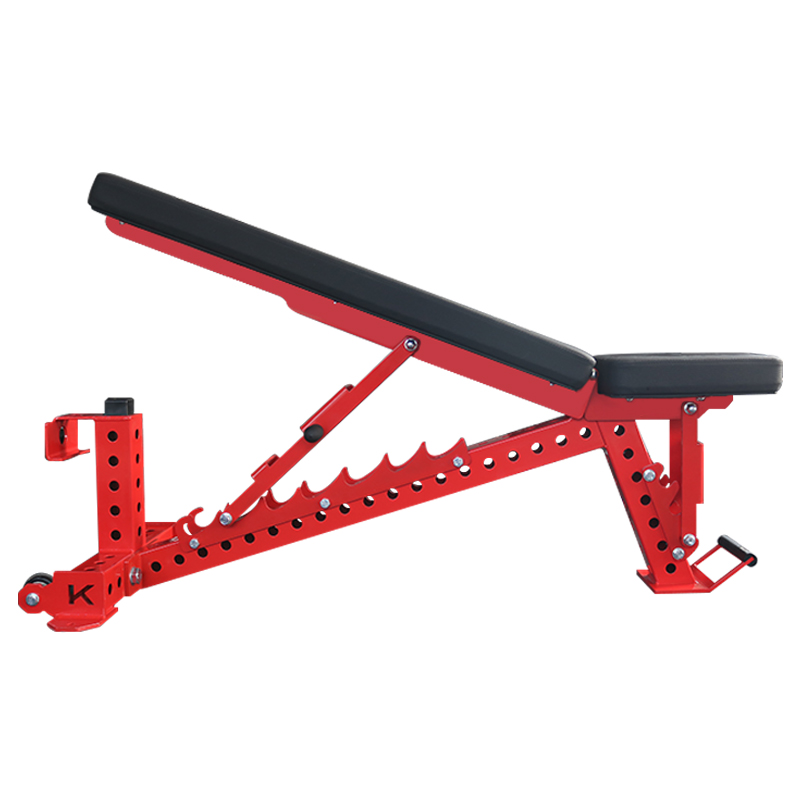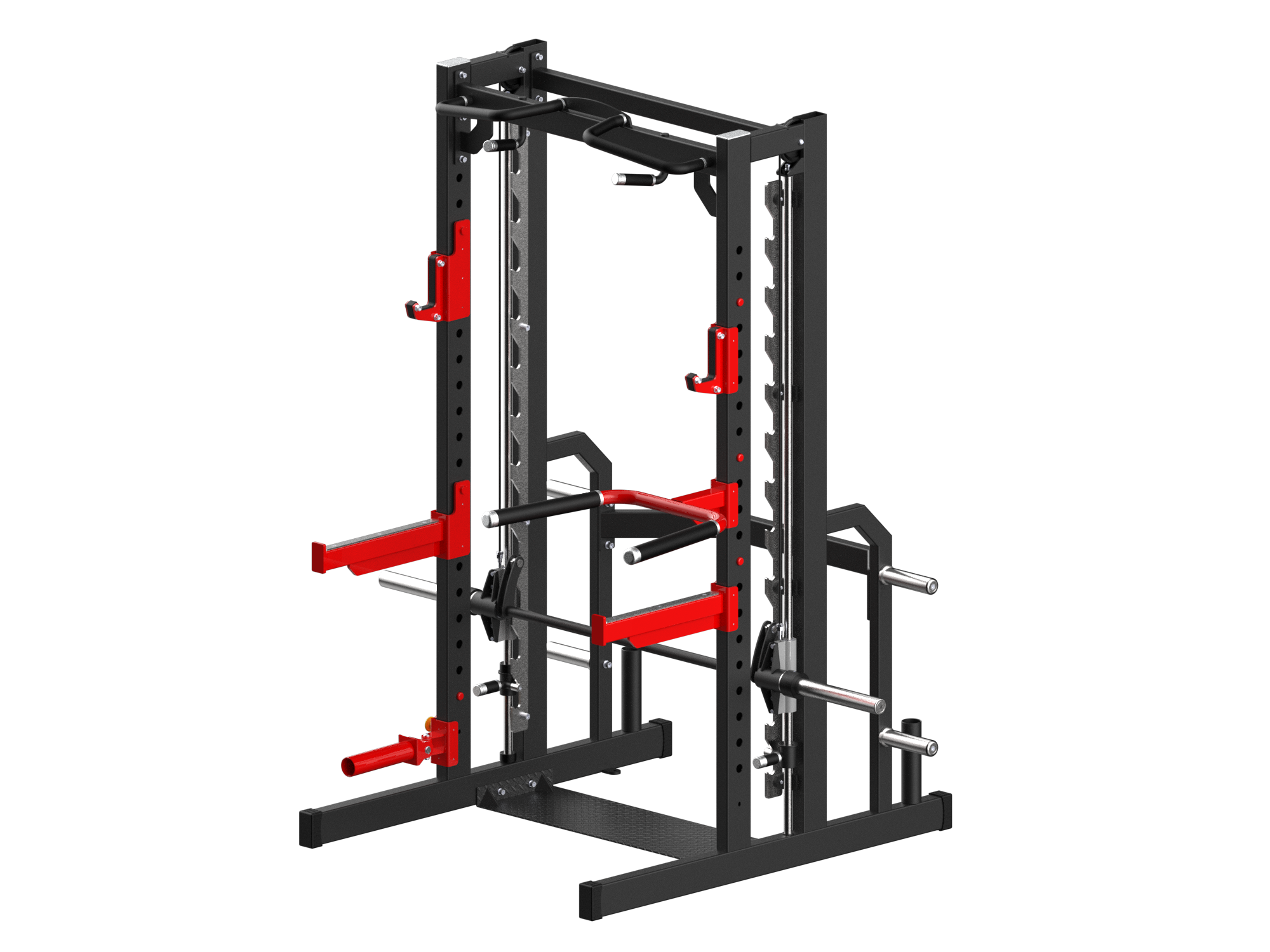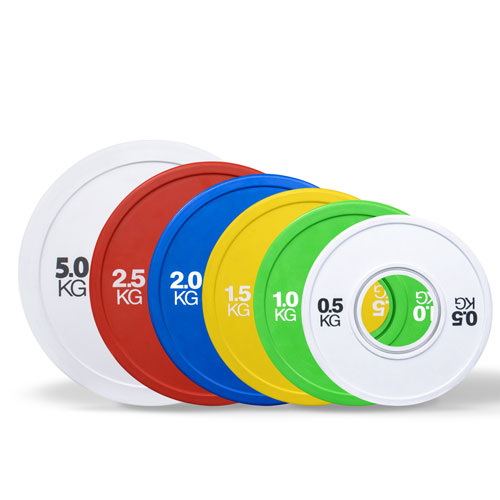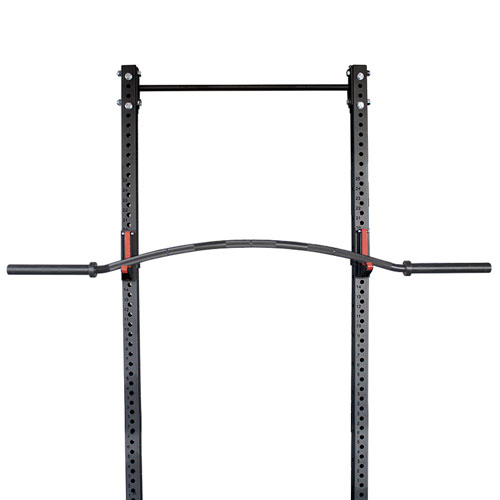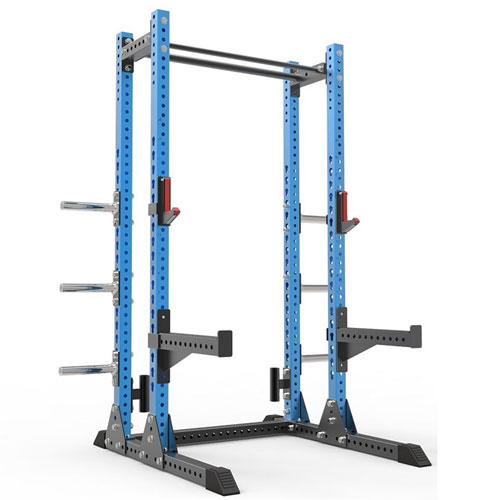5 vingrinājumi stājas uzlabošanai un sāpju mazināšanai
Cilvēki ir radīti, lai kustētos. Mums ir paredzēts stāvēt taisni. Mēs esam radīti, lai staigātu ar augstu paceltu galvu.
Bet kaut kur šajā evolūcijas līkločā kāds uzlika mums priekšā uz galda datoru un ielika rokās telefonu. Un mēs sākām stundām ilgi pavadīt laiku, saliekoties kājās. Mūsu zoda zoda, kas kādreiz atradās pienācīgā attālumā no rīkles, sāka noliekties uz iekšu. Mūsu pleci ir izstiepti, mūsu gaita ir izstaipīta.
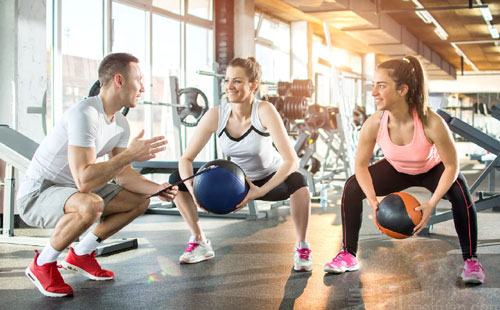
Kad mūsu galva, kas sver aptuveni 10 kilogramus, noliecas uz priekšu, spiediens uz mugurkaulu palielinās līdz pat 60 kilogramiem. Nav brīnums, ka daudziem no mums samazinās muskuļu masa, pasliktinās stāja un palielinās traumu risks. Fiziologi šo stāvokli sauc par augšējo un apakšējo krustojumu sindromu.
Orangetheory Fitness nodarbības, protams, var palīdzēt kompensēt šos, kā arī daudzus citus mūsdienu kaitinājumus. Galvenais ir šo 60 minūšu laikā iegūto impulsu pārnest uz pārējo dzīvi.
Tas nozīmē, ka kustībām jāpiešķir prioritāte visas dienas garumā, tāpat kā veselīgu maltīšu plānošanai un laika pavadīšanai ar mīļajiem. Ja to darīsiet, jutīsieties labāk un jums būs vairāk enerģijas ikdienas darbiem.
Ārons Santiso, fizioterapeits un Orangetheory ārstu konsultatīvās padomes loceklis, piedāvā šos stiepšanās vingrinājumus, kas palīdzēs mums saglabāt spēku, izlīdzināt un noturēt garu visu dienu. Daži viņa ieteiktie stiepšanās vingrinājumi ir tik vienkārši, ka jūs varētu domāt: "Kā tas var palīdzēt?". Uzticieties zinātnei. Tā palīdz.
The name: Upper trapezius stretch
The target: The muscles in your upper back that help you raise your arms.
The reason: When you lift your arms, one shoulder may seem higher than the other. “Your body may be compensating during this movement pattern due to a muscular imbalance and weakness inside your shoulder,” Aaron says.
The method: Sit tall on a chair, grasping the edge of the seat with your right hand. Slowly bend your neck toward your left shoulder, using your left hand to direct your head. Be sure to keep your right shoulder pressed down. Stop when you feel a comfortable pull on the right side of your neck. Hold for 20 seconds; return to starting position and repeat on the left side. Aim for five stretches on each side, whenever you feel the need.
The name: Levator scapulae stretch
The target: If you know even pidgin Latin, you can translate this as raising the scapula — the shoulder blade, the bone that connects the upper arm and the collarbone.
The reason: Like the previous exercise, this helps keep your neck from taking over movements designed for your shoulders.
The method: Again, sit tall in a chair, holding onto the right side of the seat with your right hand. With your left hand on top of your head, tilt your chin toward your left armpit. Keep your posture straight, stopping when you feel a comfortable pull in the back of your neck. Repeat on the left side, holding each stretch for 20 seconds, for a total of five times on each side.
The name: Open-clam exercise
The target: This especially helps alleviate Upper Crossed Syndrome, which is discomfort in the neck, shoulders, chest, mid-back, elbows and wrists. It starts when we hunch over our computers and follows us into the gym, causing poor form and leading to more discomfort.
The reason: Who wants rounded shoulders, a collapsed chest, and a chin that juts out? Do this exercise two or three times a week to bring your center of gravity in line with your body.
The method: Lie on your side, knees bent at 90 degrees. Rest your head on one arm; with the other, hold your hip to keep from rolling your body. Lift your top knee an inch into the air, lower, and repeat. This targets the gluteus muscle, which helps stabilize knees, lower back and pelvis. Aim for four sets of 25 to 35 reps on each side, three or four times a week.
The name: Sideline external rotation
The target: Your shoulders and neck, so you can stand and sit tall without slouching.
The reason: Who wants bad posture? (We’re not seeing any hands being raised here!)
The method: Lie on the floor on your right side, supporting your head with your right hand or with a couple of pillows. With your left elbow at a 90-degree angle, hold a weight no heavier than five pounds in your right hand (any heavier and it could negatively affect your rotator cuff).
Lēnām paceliet hanteli nedaudz virs elkoņa augstuma, saglabājot 90 grādu leņķi, vienlaikus turot hanteli paralēli grīdai. Veiciet to 15 līdz 25 reizes; atkārtojiet uz otru pusi. Centieties to darīt trīs līdz četras reizes nedēļā.
The name: Hip flexor stretch
The target: The muscles basically responsible for lifting your legs and knees toward your body.
The reason: This counteracts the stiffness that develops when we sit too much, which the average American does for 13 hours a day. Sitting shortens these muscles and can bring about lower back pain, so stretching them is imperative.
The method: Start in a kneeling lunge position, right knee bent at a 90-degree angle over the ankle, left knee on the ground, weight evenly distributed to both legs. Draw in your navel. With hands on your hips, slowly move your body forward till you start to feel a stretch in your left leg.
Lai stiepšanās būtu dziļāka, paceliet roku stiepšanās pusē un pagrieziet ķermeni uz šo pusi. Turpiniet 30 sekundes; atkārtojiet uz otru pusi. Tā ir viena sērija; veiciet vēl četras, saspiežot sēžas muskuļus katrā izstieptajā pusē. Centieties, lai tas kļūtu par ikdienas ieradumu.
Lūk, vēl daži padomi, kā turpināt kustēties (izņemot Orangetheory treniņus, protams), pat ja strādājat pie galda un lielāko dienas daļu sēžat. Vai jums tie ir noderīgi? Lūdzu, dalieties ar tiem; galu galā, mēs visi kopā kustamies.
1. Izmantojiet tualeti citā stāvā.
2. Kamēr gaidāt, kamēr kafija uzsils, veiciet atspiešanas vingrinājumus vai tricepsus.
3. Ik pēc 30 minūtēm piecelieties. Tad apsēdieties. Tad piecēlieties līdz pusei; 10 sekundes noturieties, tad piecelieties līdz galam. Sēdieties atpakaļ. Atcerieties, ka katrs mirklis summējas.
4. Sēžot paceliet abas kājas no grīdas. Aizturiet 10 sekundes, 15 vai 30 sekundes. Atkārtojiet visu dienu.
5. Dodieties ārā tik bieži, cik vien varat. Pat dažas minūtes svaigā gaisā var pazemināt asinsspiedienu un brīnumaini uzlabot garastāvokli.
6. Uzglabājiet bumbu pie rakstāmgalda. Ik pa laikam ielieciet to starp potītēm. Iztaisnojiet kājas; dažas sekundes turiet, pēc tam salieciet tās.
7. Hidrāts. Nekad neiztikt bez ūdens pudeles. Piepildiet to citā stāvā, sperot divus soļus uzreiz.

